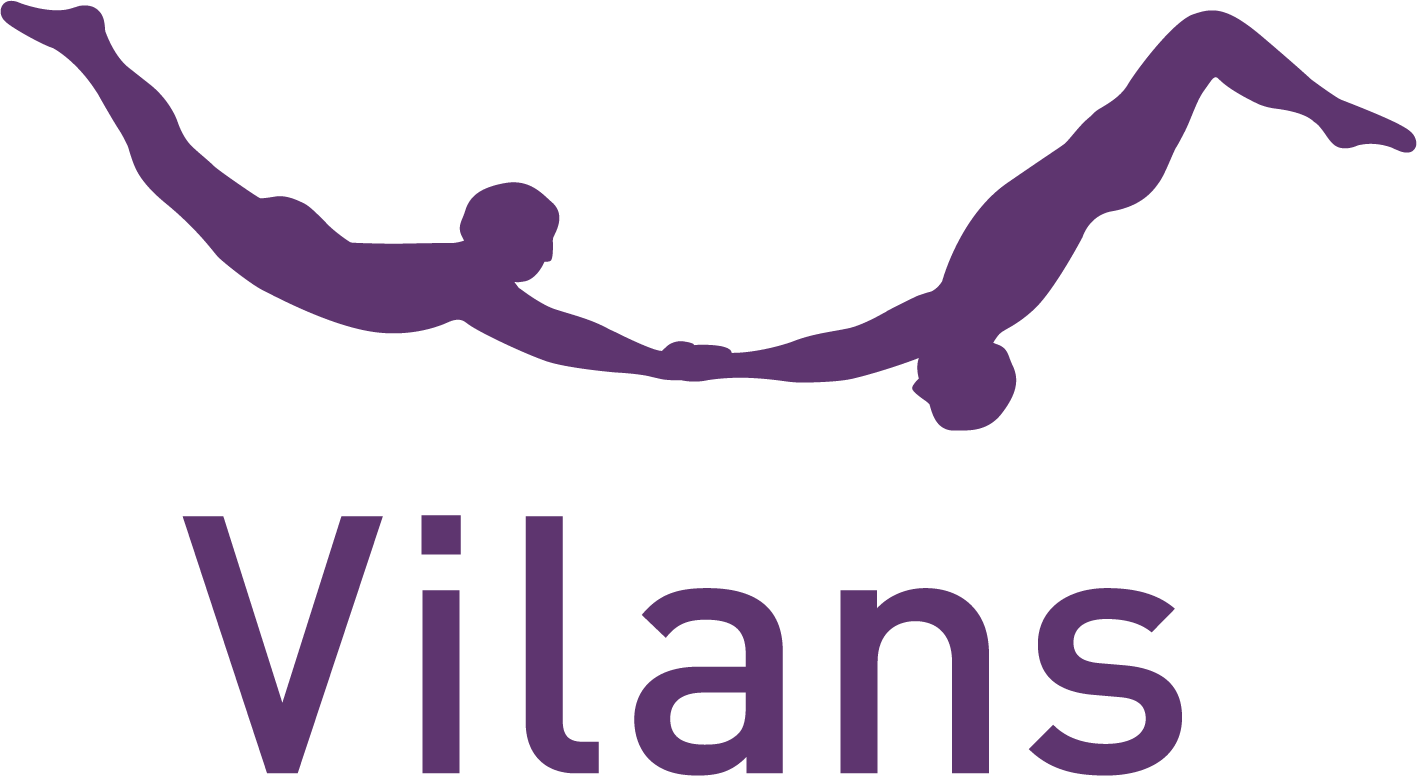What can we learn from elderly care in Scandinavia?
Published on: 16-08-2024
The way we care for and support the elderly is closely tied to the values of our society, our wealth, and where we live. A look at the northern countries of Europe shows that things can be done differently.
Scandinavia and Finland are quite similar to the Netherlands. They have a high standard of living, and people are generally happy and well-educated. These countries face similar aging demographics as the Netherlands and allocate a significant portion of their budgets to elderly care. Like us, they also experience capacity shortages in healthcare.
Organization of care
In Scandinavian countries, municipalities regulate care for the elderly, both in terms of policy and implementation. Acute and hospital care are covered by regional authorities. Care for the elderly is a government responsibility, but it does leave room for personal choices and local initiatives such as Odense houses for people with dementia. In Denmark, traditional nursing homes have been replaced by the concept of living at home with care. Sweden has also encouraged older people to continue living at home since the 1980s, with a shift from health care to social care by municipalities from the 1990s. In the Netherlands, too, the focus is increasingly on home care for the elderly.
Differences
There are also some differences. In the Netherlands, healthcare is a government responsibility, but it lies much less at the local level. Politicians determine the framework and legislation within which care must be provided and financed. The implementation of care is the responsibility of various healthcare organisations, but is regulated and largely financed by national government schemes such as the Long-term Care Act (Wlz), the Social Support Act (Wmo) and the Healthcare Insurance Act (Zvw).
Another difference is that about 95% of healthcare workers in the Netherlands work part-time, while in Norway, Denmark and Sweden it is around 60%. This is likely due to work culture and social provisions for parents. Other differences include population density and climate. These factors influence how people live and think about self-reliance and personal control.
Improve your own skills
Reablement is a popular approach in Denmark. It is a way to help older people to live independently for as long as possible. And to work together with the elderly person to restore life and self-reliance. With reablement, the elderly temporarily receive extra help and support at home after, for example, a hospital admission. This help does not only focus on daily things such as washing and dressing, but especially on improving their own skills. Only then will they receive home care if necessary. In practice, this means that older people are more likely to receive a cooking course than a meal service.
Conclusion
It is interesting to compare the northern countries in Europe with the Netherlands, because they are similar to us in many ways. But there are also major differences between these countries that we have not discussed here. Also, the data we use is not always directly comparable. Nevertheless, we can learn a lot from the approach in other countries. And it gives food for thought.






